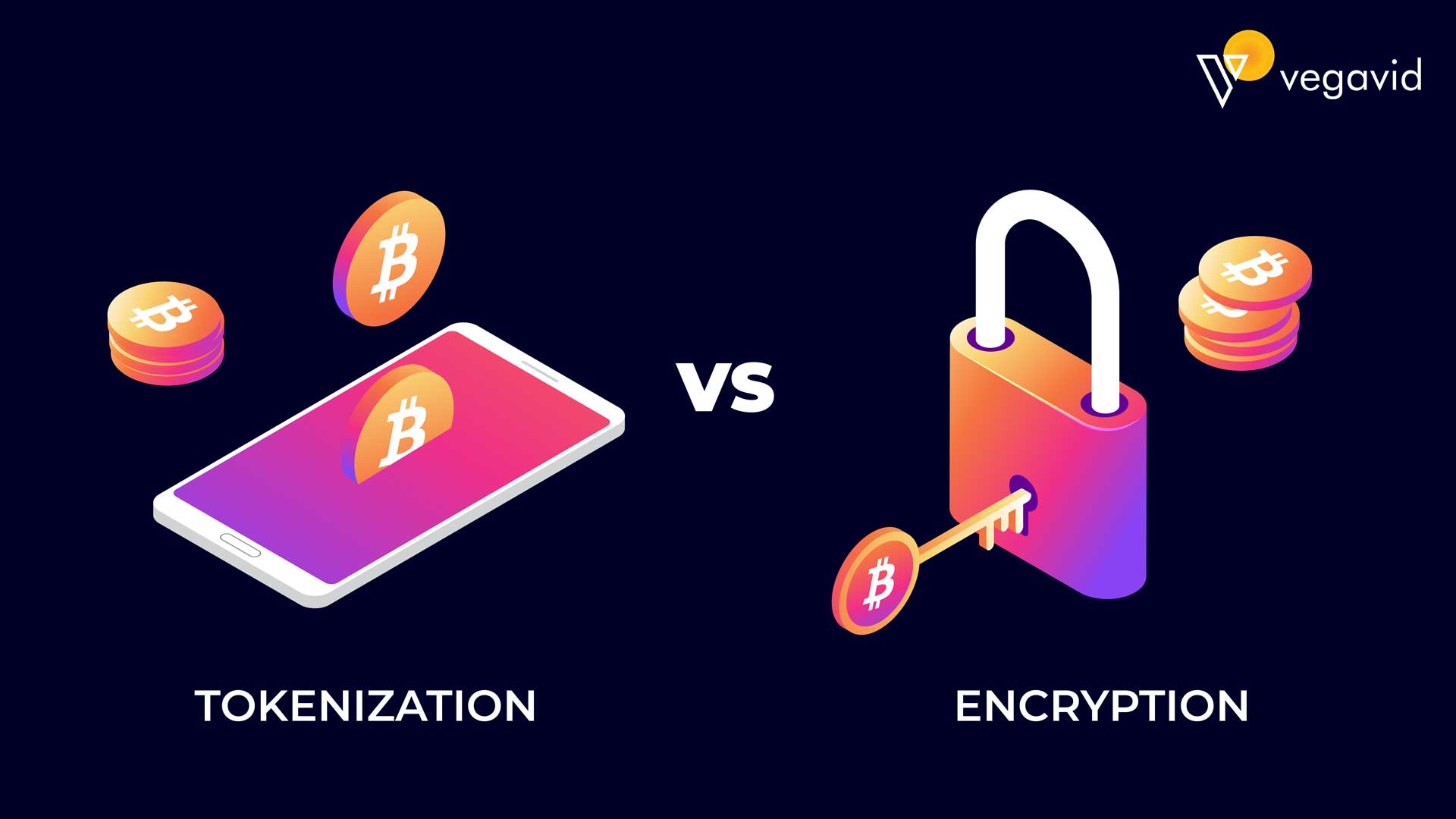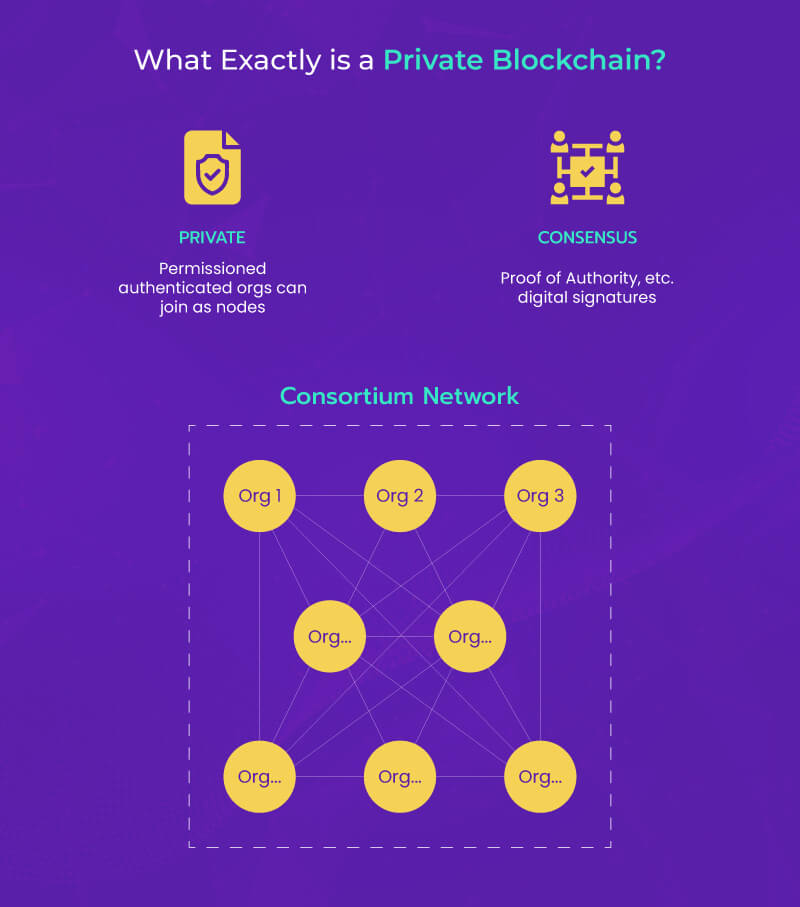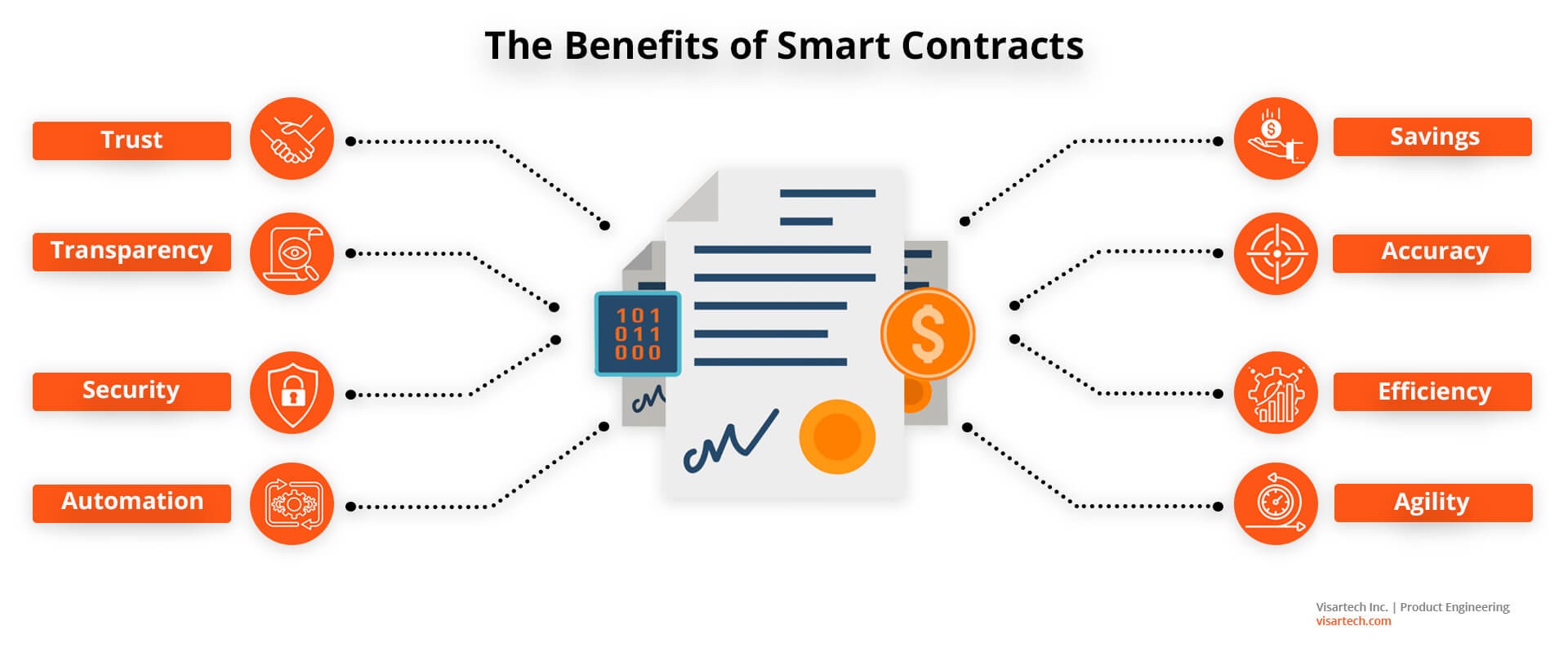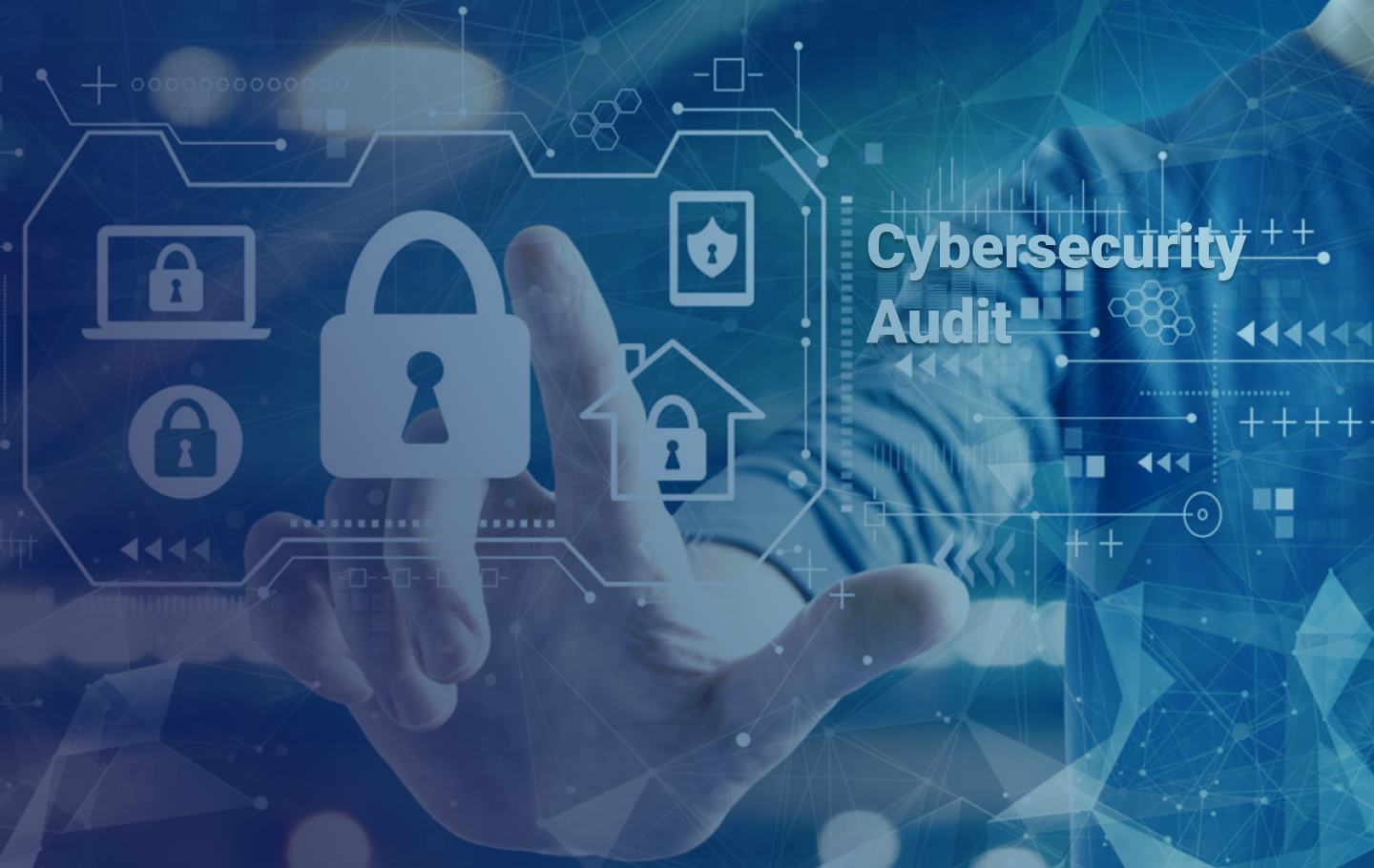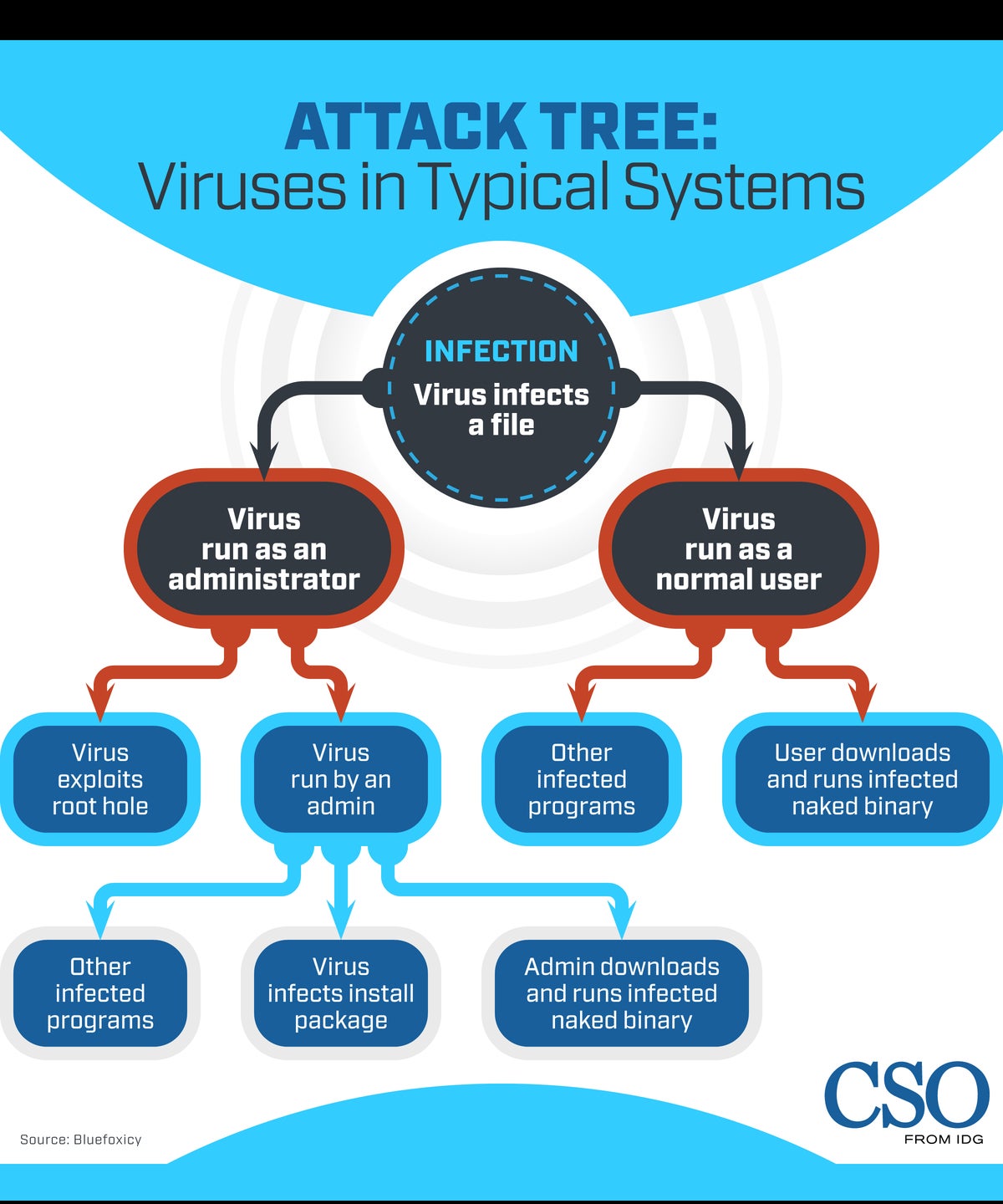
Decoding Risks: Navigating Blockchain Security with Threat Modeling
Blockchain technology, celebrated for its decentralized and secure nature, is not exempt from potential threats. Threat modeling emerges as a proactive strategy, offering insights into potential risks and enabling the implementation of robust security measures. In this article, we’ll explore the significance of threat modeling in the realm of blockchain security and how it contributes to fortifying decentralized systems.
Understanding the Essence of Threat Modeling
1. Proactive Risk Identification*
Threat modeling is a systematic approach to identifying and evaluating potential security threats and vulnerabilities within a system. In the context of blockchain, it involves a comprehensive analysis of the decentralized network, smart contracts, nodes, and the overall ecosystem to proactively identify and assess potential risks.
2. Holistic Security Assessment*
Unlike reactive security measures, threat modeling takes a holistic approach. It considers the entire blockchain architecture, scrutinizing each component to understand its role and potential vulnerabilities. This comprehensive assessment empowers organizations to create a well-informed security strategy.
Key Components of Threat Modeling in Blockchain
1. Blockchain Nodes and Network Architecture*
Threat modeling starts with a thorough examination of blockchain nodes and the underlying network architecture. Assessing potential vulnerabilities within nodes and understanding the intricacies of the network’s design are crucial steps in fortifying the overall security of the blockchain.
2. Smart Contracts Analysis*
Smart contracts, integral to many blockchain applications, undergo detailed scrutiny in threat modeling. The analysis involves assessing the logic, functions, and potential attack vectors within smart contracts to identify and address vulnerabilities that could compromise the integrity of decentralized applications (DApps).
3. Consensus Mechanism Vulnerabilities*
The consensus mechanism, fundamental to blockchain’s decentralized nature, is another focus area in threat modeling. Evaluating the consensus algorithm and identifying vulnerabilities helps prevent attacks that could compromise the agreement process among nodes.
Implementing Threat Modeling Strategies
1. Collaborative Approach*
Threat modeling is most effective when it involves collaboration among various stakeholders, including developers, security experts, and blockchain architects. A diverse perspective ensures a more thorough analysis, uncovering potential risks that might be overlooked with a single-focused approach.
2. Iterative Process for Continuous Improvement*
Blockchain is a dynamic technology, and threats evolve over time. Threat modeling should be an iterative process, constantly adapting to changes in the blockchain landscape. Regular reviews and updates ensure that security measures stay aligned with emerging risks.
Challenges and Evolving Trends in Blockchain Threat Modeling
1. Complexity of Decentralized Ecosystems*
The decentralized nature of blockchain introduces complexities in threat modeling. The interactions between various components, nodes, and smart contracts can be intricate, requiring advanced modeling techniques to effectively assess potential risks.
2. Privacy and Anonymity Concerns*
Privacy-centric blockchains pose unique challenges in threat modeling. Balancing the need for privacy and anonymity while ensuring robust security measures requires innovative approaches to threat modeling.
Empowering Blockchain Security with Threat Modeling Resources
For a deeper understanding of threat modeling in blockchain and its role in enhancing security, visit Threat modeling Blockchain. This resource offers valuable insights, practical guidance, and the latest developments to empower organizations and individuals in fortifying their decentralized systems against emerging threats.
In conclusion, threat modeling is an indispensable practice in securing blockchain technology. By proactively identifying and addressing potential risks within nodes, smart contracts, and the overall network architecture, organizations can enhance the resilience of their decentralized ecosystems. Embracing a collaborative and iterative approach ensures that threat modeling remains a dynamic and effective tool in the ever-evolving landscape of blockchain security.













